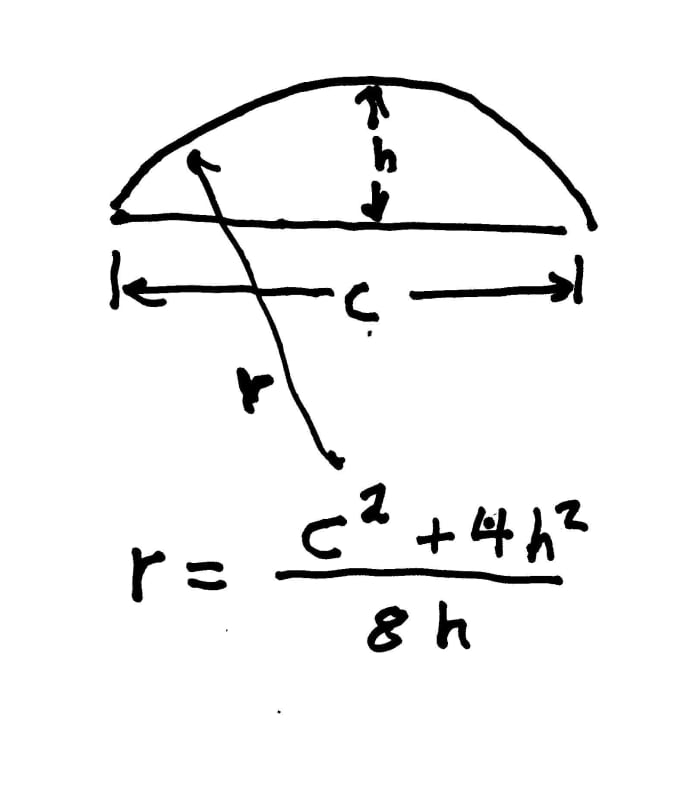Knowledgeseeker101
Mechanical
Hey,
I need some assistance in this, my mind can't seem to probably figure it out the right way. Anyways here is the issue, I was asked to create an excel calculator to calculate what Saddles size would support a vessel with a specific size. anyways so i did my due diligence, after extensive work on the excel and some head bangs on the wall i did both calculators for the Zick analysis for a two support saddle, and I did another sheet that works on vessels that requires more than two saddles. My boss came back with " no this is not what i am looking for, I am looking for an excel calculator that i would give the field guys who are not engineers and all they have is a measuring tape for which then they would put in the height, length , and width of the available saddle that is in front of them and it would tell them what kind of vessel it would fit." Am i missing something here ? How does that work I can't seem to figure this out anymore. I didn't find any standardized table for saddles.
I would appreciate the help and assistance in this or guidance to what i should be looking at/for!
Thanks in advance
I need some assistance in this, my mind can't seem to probably figure it out the right way. Anyways here is the issue, I was asked to create an excel calculator to calculate what Saddles size would support a vessel with a specific size. anyways so i did my due diligence, after extensive work on the excel and some head bangs on the wall i did both calculators for the Zick analysis for a two support saddle, and I did another sheet that works on vessels that requires more than two saddles. My boss came back with " no this is not what i am looking for, I am looking for an excel calculator that i would give the field guys who are not engineers and all they have is a measuring tape for which then they would put in the height, length , and width of the available saddle that is in front of them and it would tell them what kind of vessel it would fit." Am i missing something here ? How does that work I can't seem to figure this out anymore. I didn't find any standardized table for saddles.
I would appreciate the help and assistance in this or guidance to what i should be looking at/for!
Thanks in advance


![[idea] [idea] [idea]](/data/assets/smilies/idea.gif)
